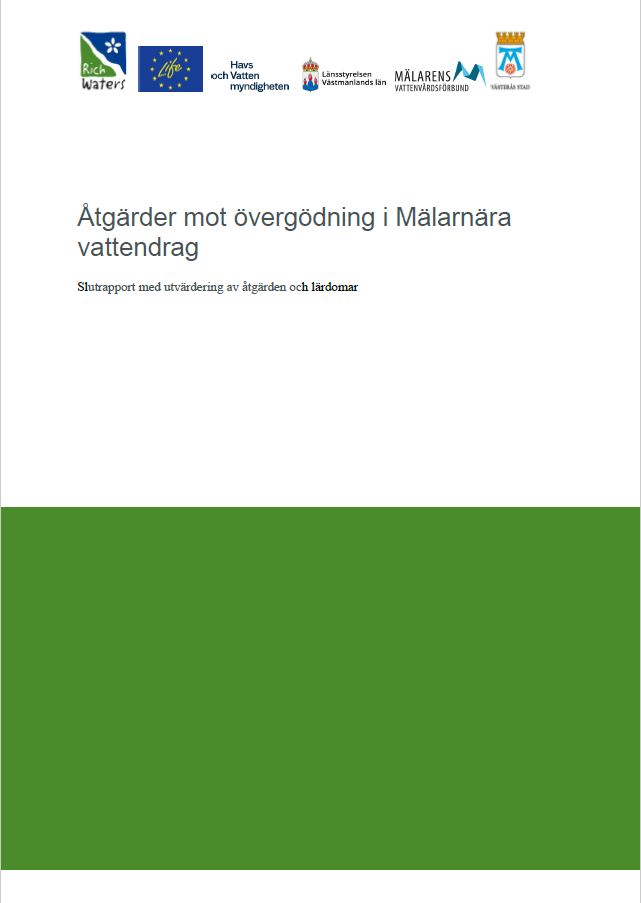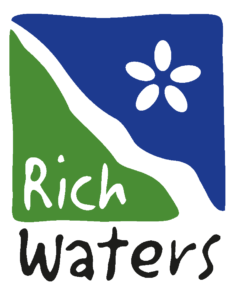
Read the full report in Swedish
Name of project: River basin and stakeholder approach to decrease eutrophication – Catchment planning process of Near Lake Mälaren (C7.1)
Start date: 2017-01-01
End date: 2024-06-30
Parties: The County Administrative Board in Västmanland County, Mälaren Water Conservation Association and The Municipality of Västerås
Project’s goal’s: Inspire landowners to implement measures against eutrophication.
Expected results
- The establishment of a demonstration plant which visualizes measures against nutrient leakage. The main goal of the demonstration plant is to inspire and spread knowledge about eutrophication measures to farmers and landowners.
- To catchment-wise support landowners in their work to decrease nutrient leakage from agricultural land.
- Reach out to at least 500 farmers, partly through personal contacts within the project activities, partly as visitors to the demonstration facility.
The sub-project ”Catchment planning process of Near Lake Mälaren” spans over catchment areas for seven watercourses in Västmanland County – Vibybäcken, Lillån, Norsabäcken, Stäholmsbäcken, Bodabäcken, Asköbäcken and Limstabäcken. Västmanland County is in the central parts of Sweden and has a stretch of shoreline towards lake Mälaren (Sweden´s third largest lake). The areas surrounding Mälaren are characterized by a flat landscape with a large proportion of clay soil and intensive agriculture land. Eutrophication in this area is severe in both watercourses and lakes.
Water sampling has been carried out in the seven watercourses in 2020 and 2021. Analyzes show that all watercourses have high levels of phosphorus and nitrogen, and that high levels often coincide with high water flows.
This LIFE IP Rich Waters sub-project aims to support and inspire landowners to implement measures against eutrophication with optimized cost-effectiveness. The measures should contribute to achieve good water status and further good resistance to climate change in a catchment area. We also believe that it is of great importance that the measures are designed to benefit both the productivity of the arable land as well as reduction of nutrient leakage.
Within the project, a demonstration plant has been established on a large-scale agricultural farm. At the facilities, measures against nutrient leakage can be studied on-site in the agricultural landscape. Further an analysis of possible measures to improve the water quality in the action area has been carried out, and roughly 100 landowners have been offered support to implement measures. Based on the measure identification six concrete measures have been developed in dialogue with landowners.
When this report is written its work in planning and implementing the measures, whereupon no effects in the environment can be reported.


